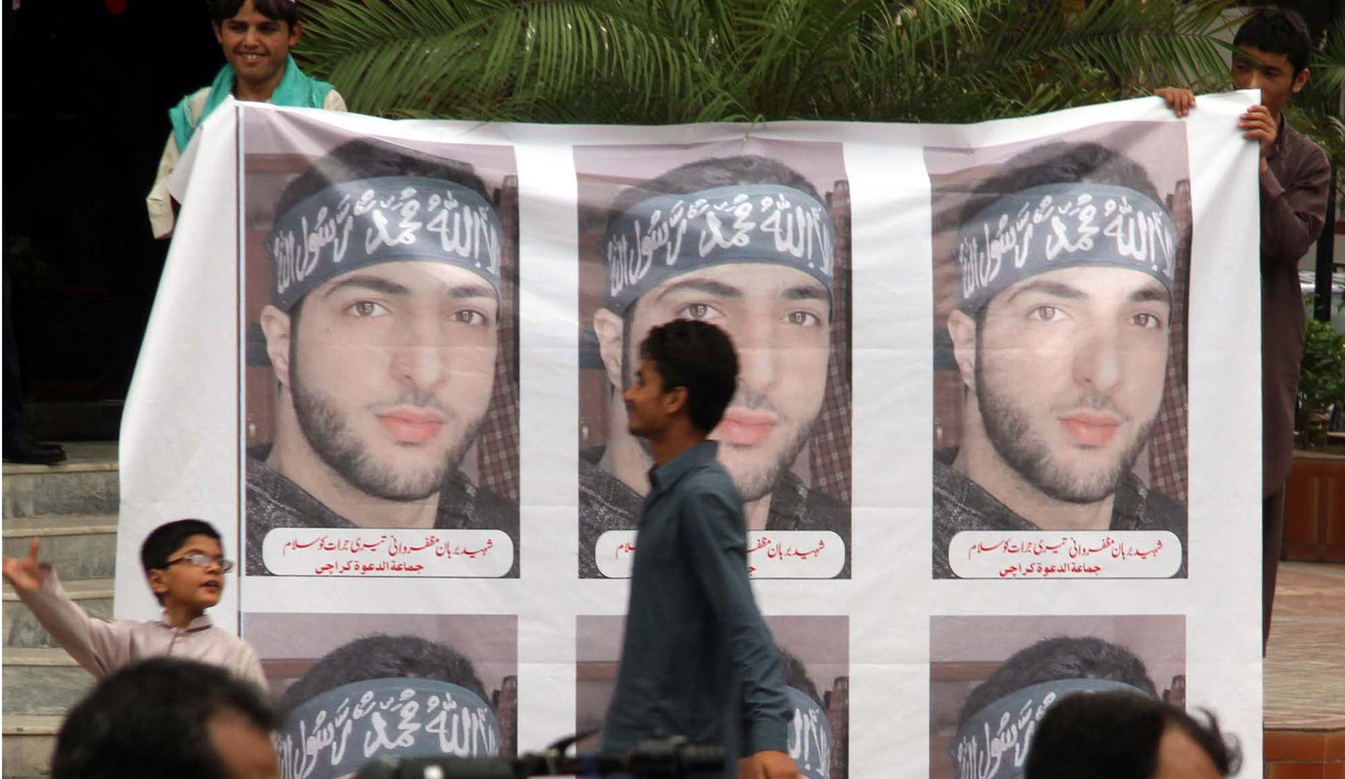
3 years after Wani’s death, Valley at the crossroads of hate

Before the killing of Hizbul Mujahideen’s charismatic 22-year-old commander Burhan Wani on July 8 in 2016, the Indian Army was building guest houses, a lot of them, almost at every big base in Kashmir valley.
It’s a fact admitted by a former General Officer Commanding of the Chinar Corps. The Jammu and Kashmir police, which broke the backbone of the insurgency, was mostly taking care of traffic, as the registered crime rate in Valley plummeted.
Two massive unrests of 2008 and 2010, despite leading to killings of dozens of civilians at the hands of security forces, have failed catalyse full blown insurgency. This lead to a phase of relative peace in the Valley.
Now, the Army is engaged, almost on a daily basis, in firefights with militants. The police are back at their job that it has been doing since insurgency began in early nineties. And like their previous generation, Kashmiri teenagers have become conscious about the turbulence in Valley, so much that any discussion veers towards the ramifications of the conflict and how their lives have been destroyed by a relentless spiral of violence.
The trigger that facilitated this change was the killing of Burhan Wani. No one had an inkling that his death would become such a landmark in Kashmir’s contemporary history. The Army, which was spending millions of rupees to win the ‘hearts and minds’ of Kashmiris, is today shooing them away with 15-feet-long bamboo sticks from the turrets of their military trucks.
“The blood is everywhere now,” said Sheikh Showkat Hussain, a law professor at the Central University of Kashmir. “When the mass mobilisation was not responded to, it was expected out of hopelessness that people may be pushed towards the gun. That proved to be true. Despite the fact there is hardly any logistical support from across or internationally, Kashmiri youth are today more inclined towards militancy.”
At least 550 militants have been gunned down since young Wani was killed. He had joined insurgency in his home town of Tral after being beaten by J&K policemen. Almost 80 per cent of the killed militants joined after Wani’s death. This year, at least 50 youngsters have joined various militant outfits since March, a number which keeps rising with every passing day.
On the other hand, civilian casualties have also shot up over 100 per cent from 2016 through 2018. Also, more than 200 security personnel have lost their lives during counter-insurgency operations.
“Both sides have become adamant,” said Parvez Imroz of Jammu Kashmir Coalition of Civil Society. He added that in the six months of 2019, the state has witnessed at least 271 killings in various incidents of violence. These include 43 civilians, 120 militants and 108 security personnel.
“The killings are not helping anyone, no matter which side of the divide they are on,” he said.
Before 2016, the voting percentage had also shot up and many in New Delhi had peddled it as a kind of referendum in India’s favour. Today, three years after Burhan’s death, as the story of his life has turned into a folklore, the Valley now stands at the crossroads of hatred. Earlier, the animosity was directed against the State. Now, it is slowly turning against the people.
“The dialogue was, is and will always remain the only way out of this conundrum,” said Mirwaiz Umar Farooq, the head priest of the Valley’s mosque and the chairman of Hurriyat Conference. “No father will want to see the dead body of their children!”
Mirwaiz said Wani’s death made the third generation of Kashmir, born and brought up under the shadow of the gun politically honest and aware. And, he said, they are now questioning everything. “It is a driverless ship. The use of force has not helped,” he says.
Burhan was the first to discard the cloak of anonymity, revealing he was from Tral and a well-off family, and take ownership of the path he had chosen. In the three years after his death, he has played the role of a ‘Pied Piper’ for Kashmiris to join the path of violence.
“Mark my words,” said Omar Abdullah after Wani’s killing, “Burhan’s ability to recruit into militancy from the grave will far outstrip anything he could have done on social media.”
That prophecy seems to have come true.


